
Steven Ogden asks:
I’m a huge Flash fan. He’s without a doubt my favorite superhero. Unfortunately, there’s only one thing I don’t understand: the Speed Force. I don’t understand how Barry Allen created the Speed Force. Is it some kind of magical force? Hope not, not a big magic fan. If anyone can take the time to help a Flash fan out I’d appreciate it.
Well, Steve, there are a couple of ways to look at the speed force, from simple to complicated. Let’s start with simple.
The name is a little misleading. The speed force is basically a field of energy which exists just outside reality. Speedsters like the Flash can tap into this energy, which makes it possible for them to perform feats of amazing speed. With practice, they can learn to manipulate this energy as well, stealing and lending speed from other objects (or people). It also produces an aura that protects them from friction, so they don’t burn up running through the air at a zillion miles an hour.
If the Flash draws too much energy (basically, by running past the speed of light, the cosmic speed limit), he risks losing himself in the field. In the pre-Flashpoint universe, this has happened to Max Mercury, Johnny Quick, Barry Allen, Wally West and Savitar, among others. Wally was the first to return from this fate, but not the last.
Then things get complicated. Continue reading →
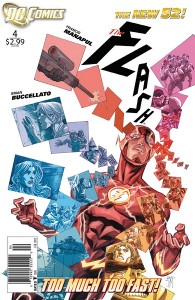 As Central City remains dark from the recent EMP blast, The Fastest Man Alive remains in hot pursuit of the one who set it off: Mob Rule! What does Mob Rule really want? Learn the rest of his origin right here!
As Central City remains dark from the recent EMP blast, The Fastest Man Alive remains in hot pursuit of the one who set it off: Mob Rule! What does Mob Rule really want? Learn the rest of his origin right here!

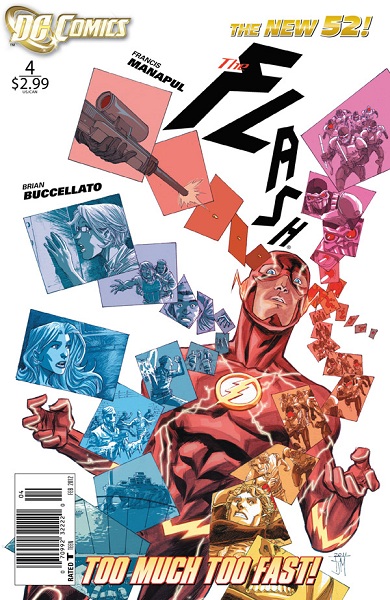
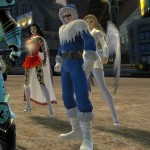
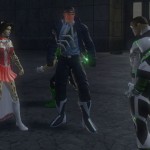
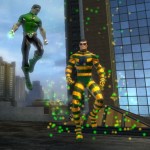
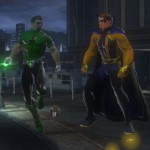
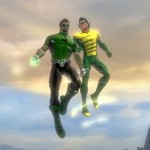
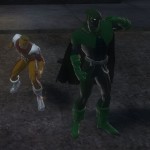
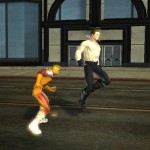
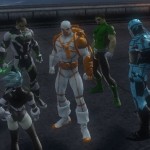
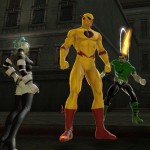
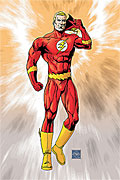 With the New 52, DC Comics is making a point to get all their comics released on time. In recent years, scheduling
With the New 52, DC Comics is making a point to get all their comics released on time. In recent years, scheduling 